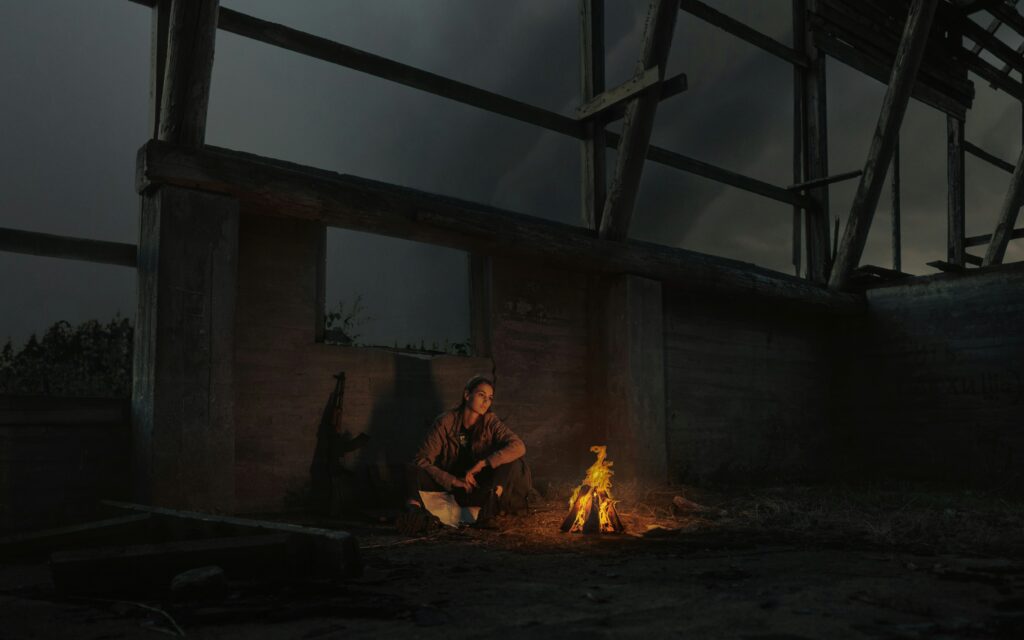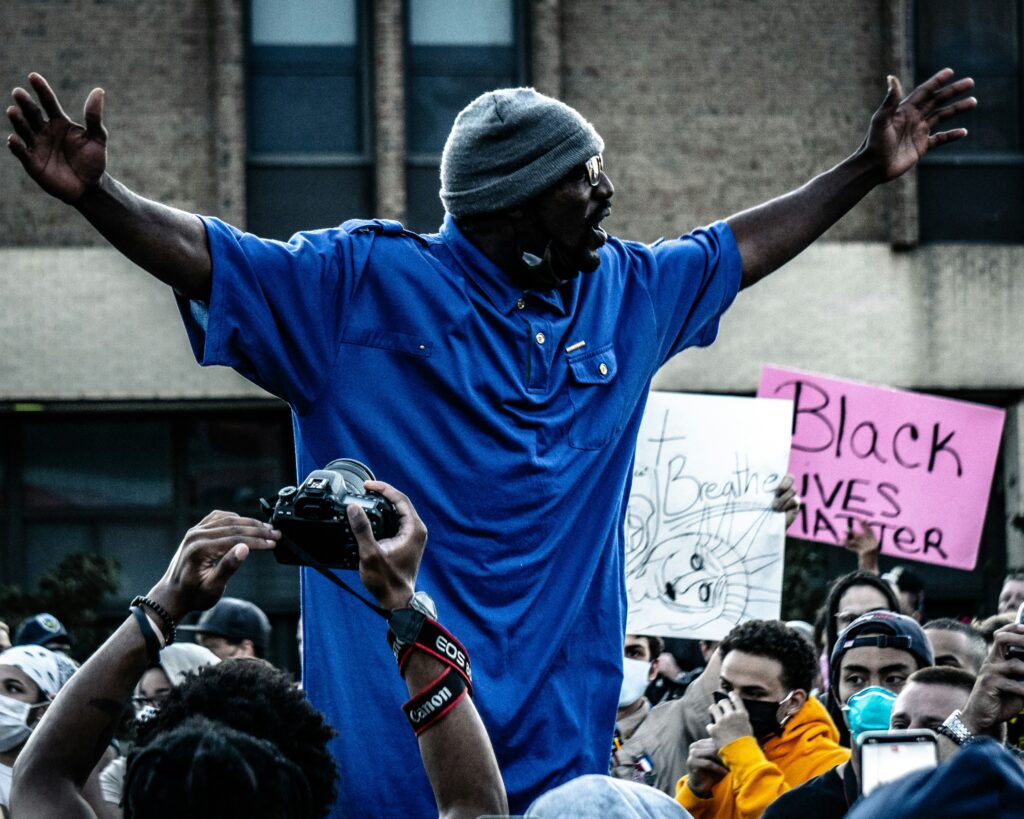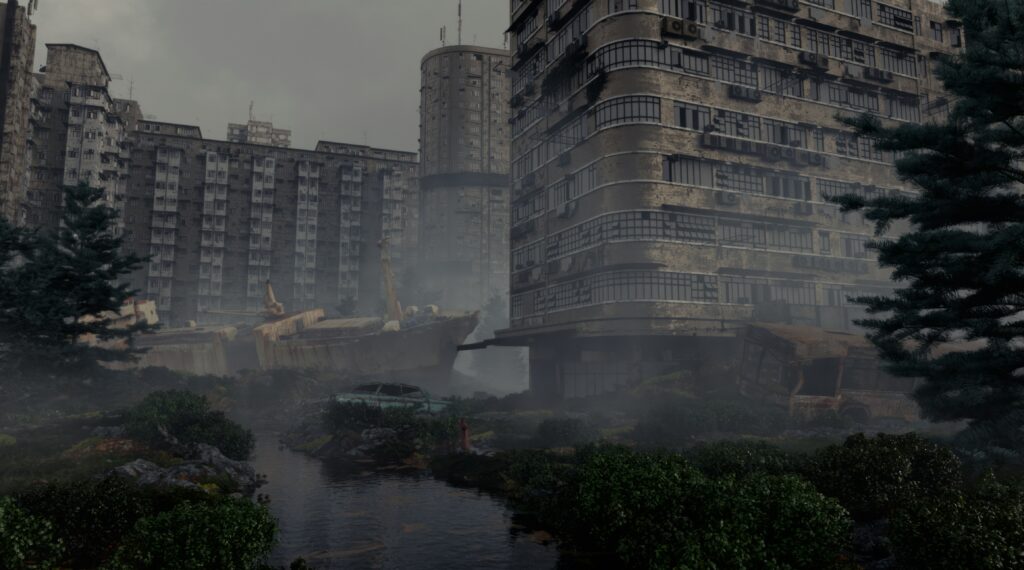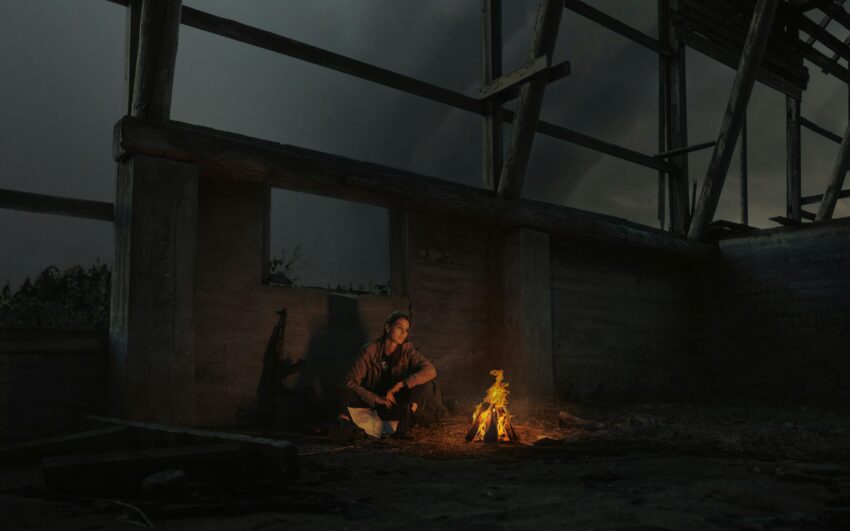
The ATM screen flashes “insufficient funds” for the third time this morning. Across the street, a line forms outside the pharmacy as rumors spread about antibiotic shortages. Your neighbor—the one who always joked about prepping—quietly loads duffel bags into his car. The collapse isn’t coming. It’s already here. And your most vital survival tool isn’t in your bug-out bag. It’s between your ears.
why 99% of people fail in urban disasters
Cities amplify every survival mistake. Where a wilderness error might cost you discomfort, an urban miscalculation gets you killed. During Hurricane Katrina, the French Quarter’s death toll revealed a brutal truth: those who waited for official help died. Those who acted like predators instead of prey survived.
Three cognitive traps will destroy you faster than any riot:
Normalcy bias is the silent killer. It’s checking your smartphone for emergency alerts while looters kick down doors three floors below. It’s the Stockholm businessman who kept buying lattes during the 2023 bank runs until his cards stopped working.
Analysis paralysis looks like standing frozen in the grocery aisle, calculating calorie counts while others clear the shelves. The 2020 toilet paper wars proved most people can’t prioritize under stress.
Herd mentality will march you into death traps. Remember the London riots where people followed crowds right into police kettles? The survivors broke left when others went right. What ‘everyone else is doing’ is almost always wrong, and sometimes fatal.
rewiring your brain for urban threats

situational awareness upgrade
The OODA loop isn’t military jargon—it’s your new circadian rhythm. Observe (that delivery van hasn’t moved in two days). Orient (map every alley between you and the hospital). Decide (the subway is death, the bike lane is life). Act (move before your lizard brain catches up).
Practice the sidewalk drill: walk three blocks identifying every potential weapon (fire extinguishers, broken bottles, construction debris), every hiding spot (dry cleaners’ racks, dumpsters), every escape route (garage stairwells, roof access points). The Buenos Aires protest survivors did this instinctively.
stress inoculation training
Your nervous system needs vaccination against chaos. Start small:
1. Blackout Tuesdays: Kill your apartment’s power for four hours weekly. Cook without electricity. Navigate by touch.
2. Crowd drills: Visit a busy mall and practice spotting exits, threats, and anomalies.
3. Decision sprints: Set a timer for 10 seconds to choose between survival scenarios.
The goal isn’t to simulate collapse—it’s to make real collapse feel routine. Ukrainian hospital workers developed this resilience during rolling blackouts, performing surgeries by headlamp without elevated heart rates.
pattern recognition hacking
Cities broadcast collapse in advance if you know the frequencies:
– Garbage rhythms: When trash piles linger an extra day, systems are failing
– Light patterns: Streetlights flickering at new intervals signal grid stress
– Animal behavior: Birds abandoning an area often precede chemical leaks
Keep an urban baseline journal. Document normal traffic flows, business hours, police patrols. The survivors of the 2011 Vancouver riots noticed the strange quiet before the first window smashed.

the urban survivor’s cognitive toolkit
decision-making under fire
The 40-70 rule saves lives: never decide with less than 40% information, never wait for more than 70%. During the 1992 LA riots, Korean shopkeepers didn’t wait for confirmation—at the first sign of mob movement, they took rooftops.
Create pre-set decision trees for:
– Evacuation triggers (what smoke level means go)
– Defense protocols (when to shelter vs. when to strike)
– Resource allocation (who gets your last water filter)
emotional control protocols
The 5-minute panic method works like this: when terror hits, set a literal timer. Five minutes to shake, cry, vomit. Then it’s over. No carryover. Beirut siege survivors scheduled breakdowns between supply runs.
Anger gets weaponized productively. That rage at the collapsing system? Channel it into:
– Learning suture techniques
– Practicing fire escape routes
– Stockpiling tradeable skills
adaptive thinking drills
Play the “three collapses” game:
1. Financial: ATMs down, banks closed
2. Infrastructure: No power, no water
3. Social: Police gone, gangs forming
For each scenario, identify:
– Your first three actions
– Most likely deadly mistake
– Best unconventional resource (elevator shafts make excellent rainwater collectors)

practical urban survival techniques
the 72-hour urban lockdown drill
1. Day 1: No electricity, no running water
2. Day 2: Add simulated injury (dominant hand immobilized)
3. Day 3: Introduce “marauders” (friends testing your security)
Record every frustration, every near-miss. The Mumbai hotel attack survivors trained without knowing it—their fire drills included active shooter scenarios.
sensory deprivation training
Spend increasing intervals (start with 15 minutes) in complete darkness and silence. This builds:
– Tactile navigation skills
– Sound sensitivity (that creak isn’t your imagination)
– Mental discipline
Prisoners of war developed this into an art form. You’re just catching up.
micro-habit stacking
Pair survival prep with daily routines:
– Brush teeth → check water reserves
– Take out trash → test door security
– Charge phone → inventory power banks
These neural pathways will fire automatically when it matters.
when society returns (or doesn’t)
post-crisis decompression
The aftermath kills as surely as the crisis. Israeli trauma units teach the 3-3-3 method:
1. 3 days of complete rest
2. 3 weeks of reduced decision-making
3. 3 months of gradual re-entry
permanent adaptation
Carry forward only what serves you:
– Maintain situational awareness but ditch paranoia
– Keep reserves but stop hoarding
– Remember skills but forget fear
The Buenos Aires economic collapse survivors kept emergency dollars taped behind paintings for decades—not out of fear, but wisdom.
your survival mindset toolkit
1. Daily: 3-block awareness walk
2. Weekly: 2-hour blackout drill
3. Monthly: 24-hour lockdown simulation
The rats are winning. Outthink them. Outlast them. Then rebuild what they’ve destroyed.
